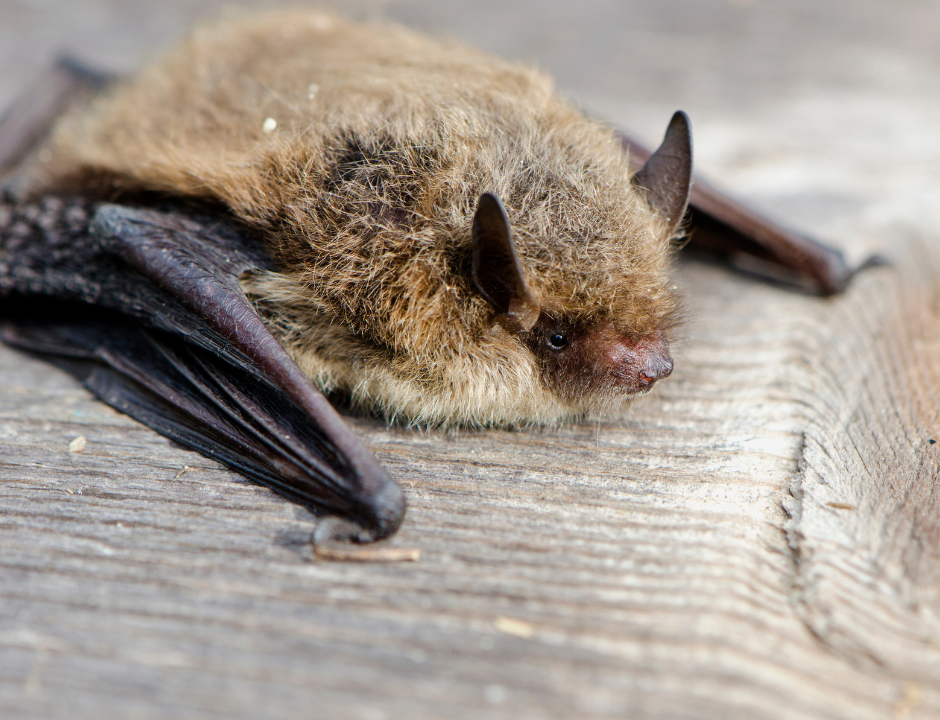Bats

Bats play a vital role in our ecosystem. These amazing creatures are natural pest controllers, consuming large numbers of insects each night and reducing the need for chemical pesticides in agriculture. Moreover, they serve as important pollinators for our native plants, contributing to the diversity of Ireland’s flora. Their presence indicates a healthy environment and rich biodiversity.
In April, most bats have come out of hibernation and are hungry and active, feeding on most nights. They move between several roost sites before settling in their summer roost in May. So, keep an eye out around dawn and dusk to spot these impressive creatures! If you’re interested in learning more about our local bat species, check out ‘Irish Bats – Bat Conservation Ireland‘ or reach out to the Climate team at climate@fermanaghomagh.com.
As part of International Bat Appreciation Day 2024, we had a quiz to test everyone’s knowledge of bats. The following are the questions and answers.
1. Bats are blind?
False – bats are not blind. In the UK, bat species don’t have very good night-vision (a bit like humans) so they rely on echolocation to navigate, hunt and ‘see’ the world.
2. Bats are attracted to human hair?
False – bats are not attracted to human hair. This is a common myth. Bats primarily hunt insects, fruit, nectar and sometimes small vertebrates. They do not seek out or have any particular interest in human hair.
3. Bats are pollinators?
True – bats are indeed pollinators contributing to the reproduction of various plants crucial for our food supply. Foods we have because of bats include bananas, mangoes, agave (used in tequila and mezcal), figs and guavas.
4. All bats hibernate in Winter?
Whilst all bats in Ireland hibernate during the Winter months to conserve energy when food is scarce, not all bats hibernate. Some species migrate to warmer climates, while others remain active throughout the year.
5. Bat maternity colonies typically consist of only female bats and their young?
True – bat maternity colonies indeed consist primarily of female bats and their young. Maternity roosts can vary greatly in size, ranging from just a few dozen individuals to massive colonies numbering in the hundreds of thousands or even millions, depending on the species. Male bats typically roost separately or in smaller groups during the breeding season.

